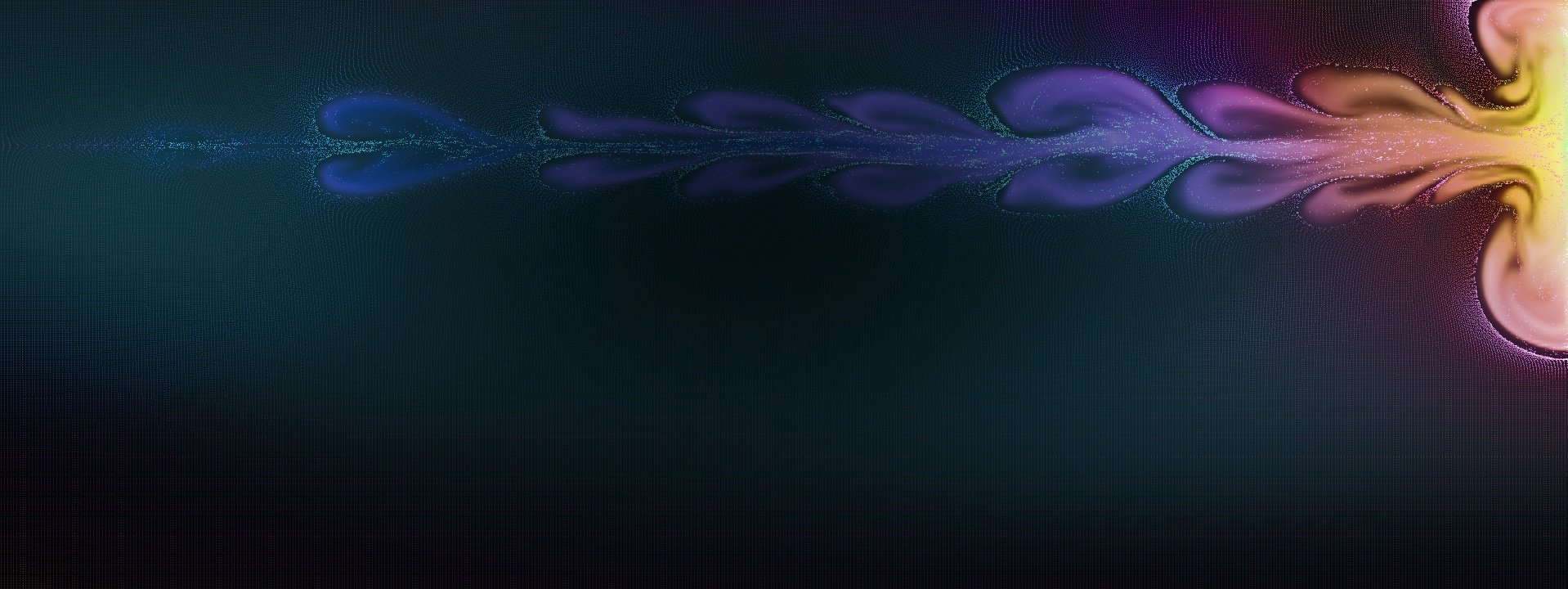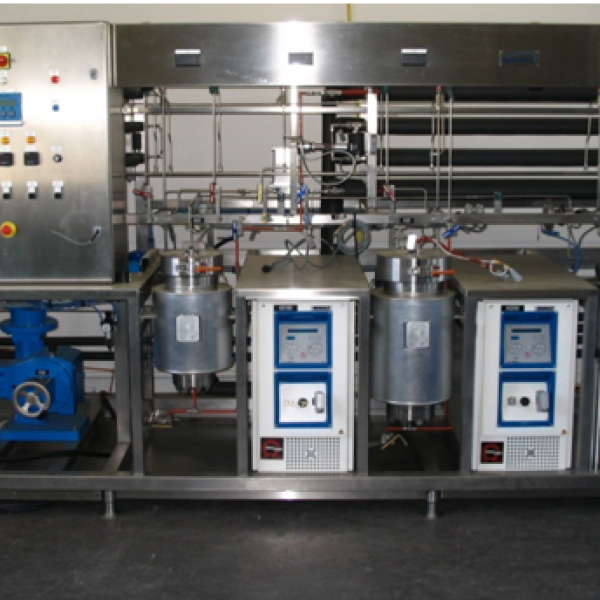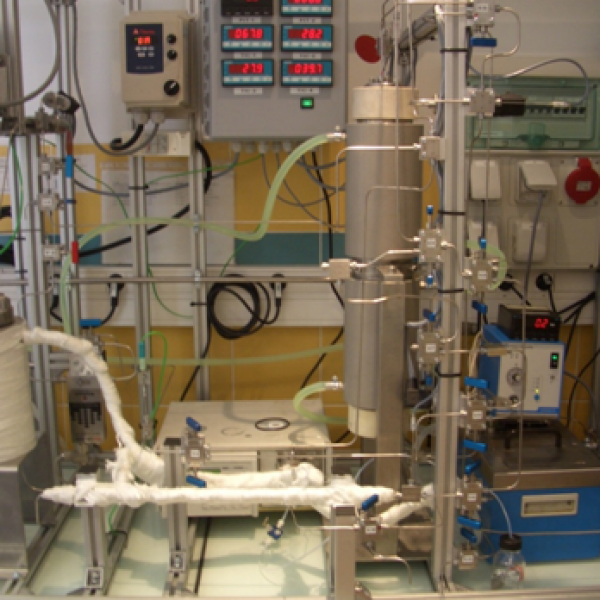25 novembre 2024
- Design and optimization of supercritical treatment processes for interventional cardiology medical devices / Zohra Laggoune PhD Defense
Doctorante : Zohra Laggoune
Date : 25 novembre à 14h00, Cerege amphi Technopôle de l'Arbois-Méditerranée
Abstract: Atherosclerosis, a leading cardiovascular condition, involves arterial narrowing due to fatty deposits, impeding blood flow. Angioplasty, using stents or balloons, is a minimally invasive treatment for atherosclerosis. Recent advances have led to the development of active stents and balloons, which release antiproliferative agents (e.g., sirolimus) via a polymeric coating to prevent restenosis and promote arterial healing. Conventionally, these devices are manufactured using organic solvents, and may then contain harmful residues posing environmental and health concerns.
This thesis, conducted in collaboration with AlchiMedics, investigates supercritical CO2 technology as an eco-friendly alternative for manufacturing active coronary medical devices. The study first focuses on the behavior of the polymers that compose them in a supercritical CO2 environment. A Fourier Transformed InfraRed microscope coupled with a high-pressure cell was used to measure CO2 sorption in the polymers and their swelling. Additionally, a high-pressure visualization cell was used to assess the physical state of the polymers when exposed to supercritical CO2. Furthermore, the solubility in supercritical CO2 of sirolimus, the main active ingredient involved in this thesis, was determined using a static gravimetric method, followed by data modeling.
Based on this fundamental knowledge, supercritical CO2 was applied to extract residual solvent from pre-dried active stents (HT Supreme®). Semi-continuous mode extraction at 8 MPa, 308.15 K for 0.5 h resulted in an extraction efficiency of 91.80 % while minimizing polymer detachment and ensuring satisfactory in-vitro sirolimus release.
This study also explores supercritical impregnation of sirolimus to develop active balloons and stents, targeting a drug loading of 1.2 µg.mm-2 for both devices. Balloon impregnation was performed in batch mode based on a Design of Experiments. Operating conditions of 18 MPa, 323.15 K for a duration of 18 h were identified to maximize the drug loading to 0.68 µg.mm-2, while achieving positive ex-vivo results. In contrast, impregnations of two types of commercial stents (AMS® and HT Supreme®) resulted in low drug loadings and detachment of polymeric coatings. The development of the Fast Impregnation process (FIP), significantly improved drug loadings from 0.035 to 1.11 µg.mm-2 for AMS®, and from 0.015 to 7.3 µg.mm-2 for HT Supreme®. This process also preserved the integrity of polymer coatings under conditions set at 12.5 MPa and 308.15 K for AMS®, and at 25 MPa and 313.15 K for HT Supreme®.
Keywords: Atherosclerosis, active coronary stent, active coronary balloon, polymers, supercritical CO2, impregnation, extraction, sterilization
Jury :
Pr. Albertina CABAÑAS - Complutense University of Madrid - Reviewer
Pr. Iolanda DE MARCO - University of Salerno - Reviewer
Dr. Thierry TASSAING - University of Bordeaux- Examiner and president of the jury
Pr. Loïc MACÉ - Aix Marseille University - Examiner
Pr. Elisabeth BADENS - Aix Marseille University - Thesis director
Dr. Yasmine MASMOUDI - Aix Marseille University - Thesis co-director
Dr. Christophe BUREAU - AlchiMedics - Thesis co-director and guest member





